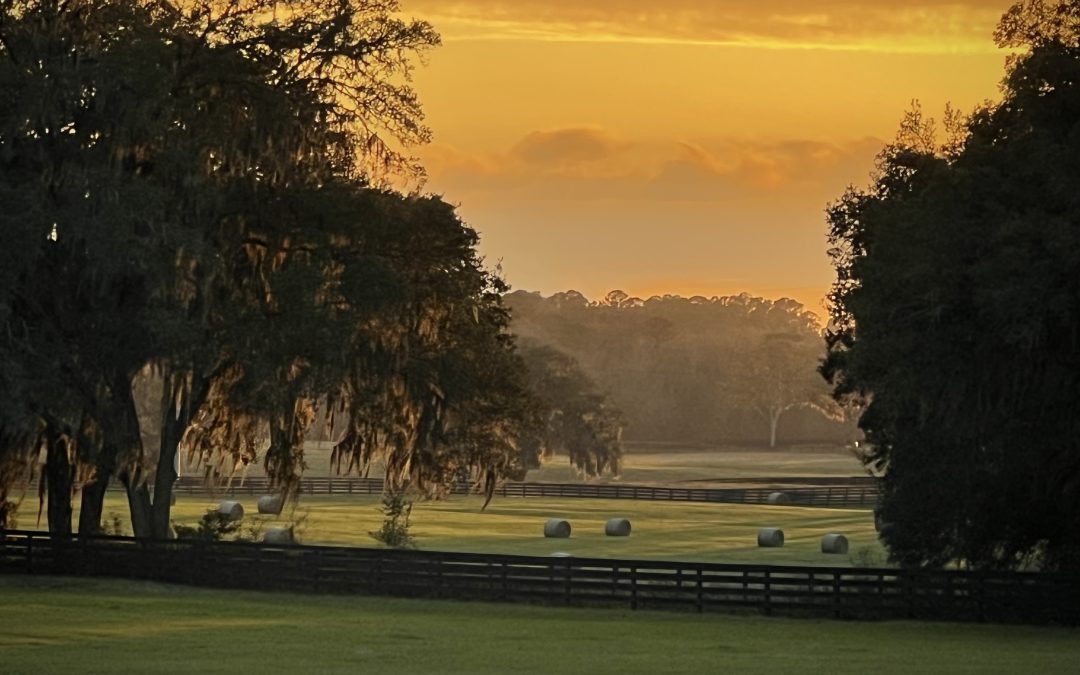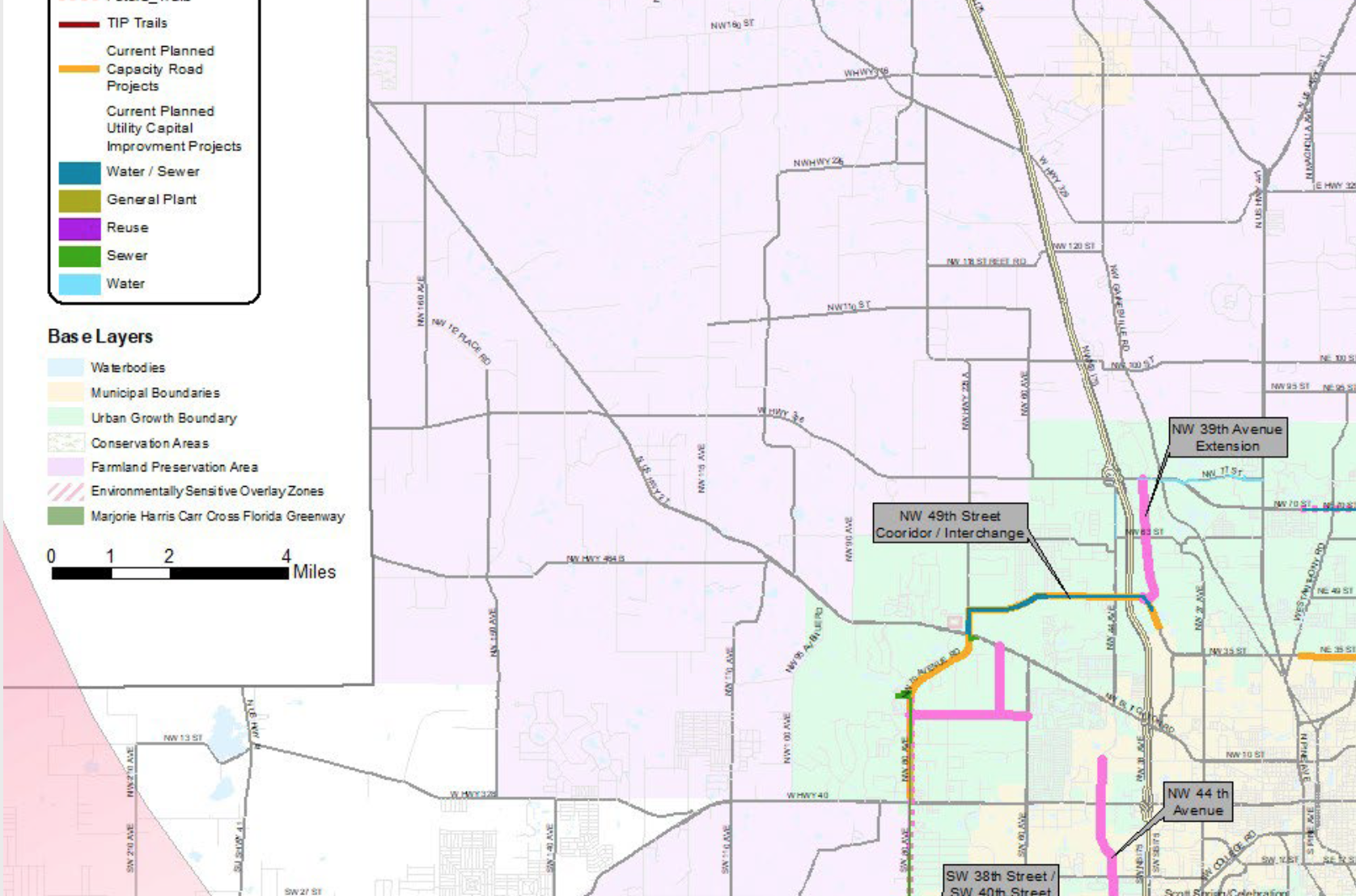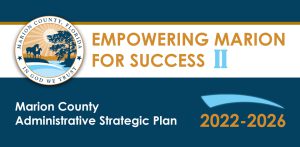Part 2 of a Series.
Here’s Part 1: Future Growth is Here: Map of 36,000 Permitted Residential Units Presented at Budget Planning Workshop
Marion County In The Binoculars
Every five years, the Marion County Commission adopts a five-year Strategic Plan to help guide growth and development. The draft Marion County Administrative Strategic Plan 2022 – 2026: Empowering Marion for Success, was presented to the Board of County Commissioners (BOCC) at a workshop held on July 7, 2021. The purpose of the workshop was to present the draft plan to the County Commission and receive their input on staff’s recommendations.
The Strategic Plan is organized into five Elements:
- Organizational Experience
- Resources and Facilities
- Planning and Future Growth
- Public Infrastructure
- Public Safety
Every County department developed recommendations, action steps, and potential funding sources. This plan takes a comprehensive approach to planning for growth to help ensure that the County is able to keep up with the demand in services and provide good customer service overall. The plan’s Executive Summary states:
“As with the previous five-year plan, this plan will be the road map for our operations as we continue to deliver services to our citizens and visitors at the highest possible level.”
The good news is that the Strategic Plan includes several recommendations to protect the Farmland Preservation Area (FPA) and to help retain Marion County’s unique rural character. It makes several recommendations to:
“focus on our outdoor assets and natural resources to preserve their quality so they continue to define their character and play a major role in attracting visitors and guests to Marion County and represent a positive economic impact.”
Strategic Plan Major issues:
- Staffing shortage in some County departments
- The availability of affordable workforce housing and apartments for rent
- Multiple road widening and expansion projects
- Lack of public infrastructure, libraries, and recreational opportunities in some areas of the county
- Aging infrastructure and buildings
- Urban sprawl
Strategic Plan Goals:
- Providing incentives for infill and multi-family housing developments
- Directing growth to vested developments
- Expanding roads and trail networks
- Providing expanded recreational opportunities
- Developing user friendly information about parks to increase outdoor tourism
- Preserving natural resources
- Protecting water quantity and quality
- Providing a safe community
Spotlight On Element 3: Planning and Future Growth
Mounir Bouyounes, Marion County Administrator, introduced the Strategic Plan and emphasized the amount of work done on the Planning and Future Growth Element.
“There are a lot of new ideas and information being presented to you. It’s not new, but these are ideas that we are bringing to the forefront and see where we take it from here,” said Bouyounes.
Angel Roussel, Assistant County Administrator, Public and Environmental Services Director, led the team for the Planning and Future Growth Element. The report included input from several stakeholders to understand the County’s strengths and weaknesses. The Planning and Future Growth Committee met with multiple County departments and stakeholders in the community and some of their suggestions were incorporated into the report.
Roussel emphasized that new growth and development should be focused within the Urban Growth Boundary (UGB) and in strategic areas including the FL Cross Roads Commerce Park, SR 200, World Equestrian Center (WEC) and the NW 49th Street Interchange area.
“This will help us stay out of the Farmland Preservation Area and focus on infill,” said Roussel. “It’s all a balancing act.”
Development Pressure On The FPA Boundary
There are several recommendations to help protect the Farmland Preservation Area in the Strategic Plan but several new roads proposed as “vision projects” near the southeast corner of the FPA boundary near the intersection of CR 225A and US Hwy 27 will increase development pressure in that area. Vision Projects are not yet approved or funded. The pink lines on the map above show the locations of these Vision Project roads, all located outside the Farmland Preservation Area. The green and yellow lines show approved project roads.
A new road is proposed to connect SW/NW 80/70th Avenue to SW 60th Avenue and also provide access north to US 27.
Another new road is proposed that will run parallel to I-75 on the east side of I-75 that will connect to CR 326. This new road is an extension of NW 39th Avenue Road, which is where the distribution centers for Amazon, Chewy’s, Auto Zone, and Fed Ex are located.
In addition to the two new roads, NW 44th Avenue, an existing road which runs parallel to I-75 from US 27 to CR 326 on the west side of the interstate, was recommended to be four-laned from NW 63rd Street to CR 326. The south end of NW 44th Avenue is already four-laned. In order to maintain the level of service for the road due to the increase in residential, industrial and warehouse development, four-laning the rest of NW 44th Avenue is necessary.
If approved, these would be in addition to the already approved extension of NW 49th Street – a road that will connect CR 225A to the new I-75 interchange. About half of the road, Section 3A, is funded for construction in fiscal year 2020/2021. The second half of the road is funded for construction for fiscal year 2022/2023. See our blog about the SW/NW 80/70th Avenue road-widening project for background: https://www.horsefarmsforever.com/update-sw-nw-80th-70th-avenue-road-widening-and-northern-turnpike-extension/
Farmland On The Forefront
The recommendations to help protect the Farmland Preservation Area include:
- Create an FPA inventory for Analysis: Analyze the designated FPA and create an inventory of the existing farmland including location, acreage, zoning, physical land use and any other designation.
- Family Division Analysis: Research and review the family divisions that have occurred in the past and analyze the effectiveness by determining if said family divisions remain within the family ownership.
- Opportunity Zones & Farmland Preservation Overlap Analysis: Analyze the validity of this designation and make recommendations to explore the efficacy of retaining the FPA within an Opportunity Zone.
- Protect the rural character of the Farmland Preservation Area by Creating additional Buffering: By providing buffer alternatives, future development will have a predictable specification, which will ease new development while preserving the rural character of this resource.
- Review and Modify the Transfer of Development Rights Program: Review the Transfer Development Rights program and propose changes if needed to ensure maximum effectiveness of the program.
Builders Make a Case For Higher Density
At the end of the meeting, there was an opportunity for public comments. Florida House of Representatives Stan McClain attended the meeting, but he was representing the building Industry instead of the legislative agenda.
“We are 4,000 units short. Even if we built 4,000 houses tomorrow, we would be behind the next day,” said McClain. He said the building industry understands the water and sewer issues and suggested that the BOCC consider higher density due to the increased property values. “With land values now, the lots in Silver Springs Shores were $8,000, but now that same lot is $25,000. You are going to have to look at density and putting water and sewer in,” he said. “When you talk about sprawl, sprawl happens when you do ¼ acre lots everywhere, so you have to find places where we can get the densities right and approve them. That’s just the way it is, otherwise we will continue to sprawl.”
Commissioner Kathy Bryant added some final comments about the future of Marion County:
“Growth is here and it’s happening and we are not stopping growth and I don’t think there is anyone sitting on this Board that has the intention of stopping growth. But I will say for me, I think a lot about it. When I drive down the turnpike and I’ve got to Orlando and you just see the fields of houses – the rooftop after rooftop after rooftop. I don’t want our County to look like that. I’m sorry and I know that there is some development that will look like that, but it doesn’t mean we can’t still make it a nice place to live. In 20 or 30 years, what kind of legacy are we leaving?”
Protect Against Urban Sprawl
Things are moving fast in Marion County. Horse Farms Forever is a farmland watch dog, attending countless hours of hearings and meetings. When action is required, we are there at the table. Join us to stay informed and ready to respond when public comments are needed. Together we can protect and preserve our open spaces and beautiful places for future generations.
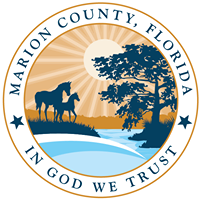
Dig Deeper
Link to the Marion County Administrative Strategic Plan 2022 – 2026: Empowering Marion for Success
VIDEO of the July 7, 2021 BOCC WORKSHOP:
The Planning and Future Growth Element starts at 1:04.52 in the video link.
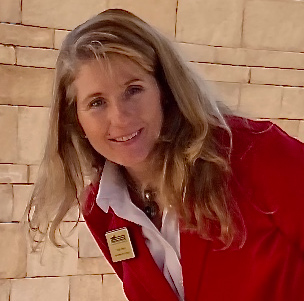
What About Zoning?
The Zoning regulations are found in the Land Development Code, which is a separate document with specific guidelines to implement the Goals, Objectives, and Policies of the Comprehensive Plan.
Zoning regulates development through land use classifications and specifies the areas in which residential, industrial, recreational or commercial activities may take place. The Land Development Code was adopted through a series of ordinances by the County Commission, which means that the regulations cannot be changed or waived, except by a further vote of the County Commission.
Always Watching

We work hard to keep you informed, and to represent our members' interests in preserving our horse farms, farmland and the unique character and culture of Marion County's 193,000 acre Farmland Preservation Area.
Join the herd. Every voice matters.

